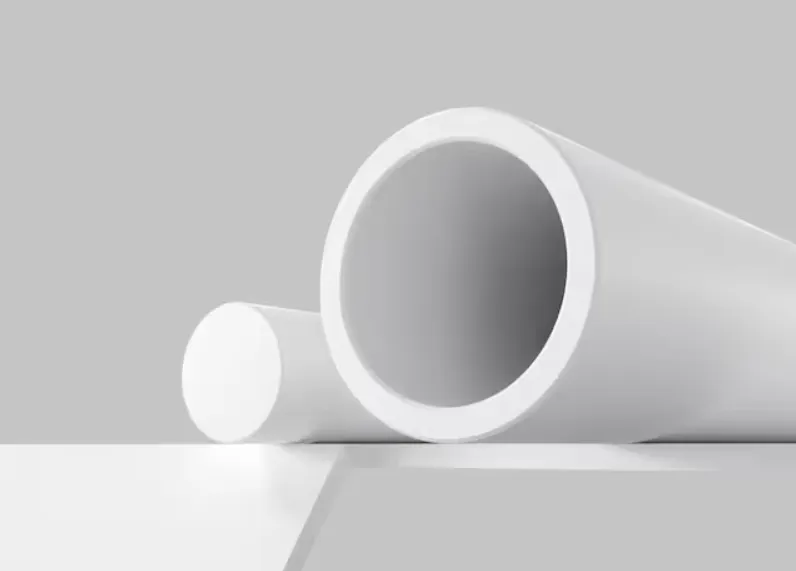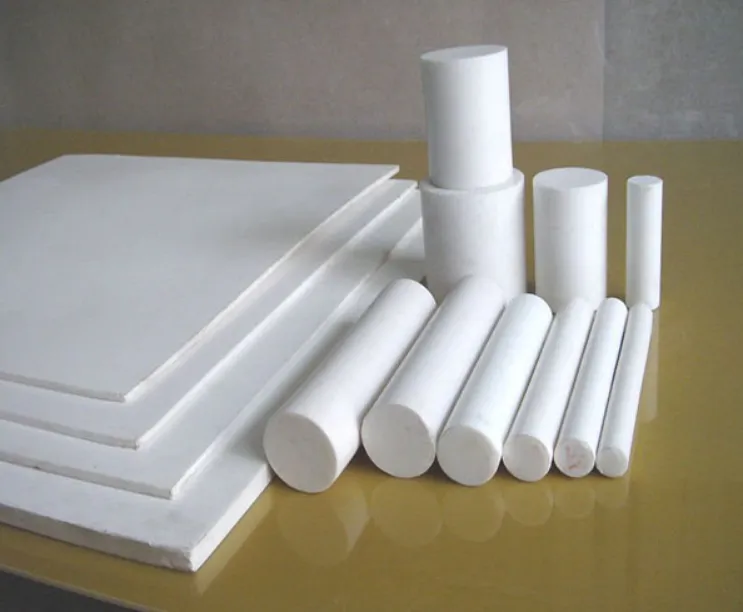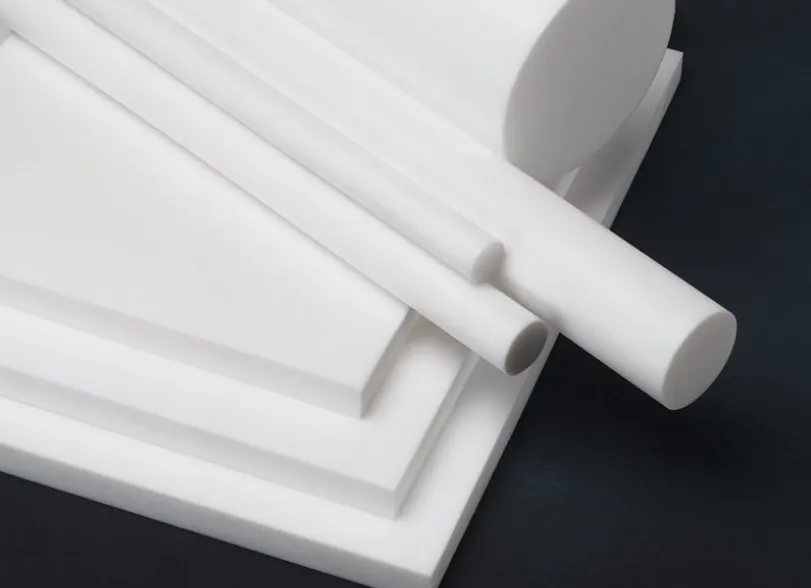PTFE stands for polytetrafluoroethylene, a high-performance fluoropolymer known for its remarkable properties and diverse applications across various industries. Discovered accidentally by chemist Roy Plunkett in 1938, PTFE is a type of polymer that contains carbon and fluorine atoms. Its unique molecular structure gives it exceptional chemical resistance, thermal stability, and a low coefficient of friction, making it ideal for situations where other materials would fail. PTFE is most famously known by its trade name, Teflon, which is widely associated with non-stick cookware. However, its applications extend far beyond kitchenware.
 In the industrial sector, PTFE’s inertness allows it to be used in environments with highly corrosive chemicals, making it a favored choice for seals, gaskets, and lining materials in the chemical processing industry. Its high-temperature resistance enables PTFE to endure extreme conditions, maintaining its integrity and functionality in operations that involve elevated temperatures, such as in aerospace and automotive applications. Additionally, PTFE’s low friction properties are exploited in manufacturing bearings, bushings, and other moving components, reducing wear and extending the lifespan of machinery.
In the industrial sector, PTFE’s inertness allows it to be used in environments with highly corrosive chemicals, making it a favored choice for seals, gaskets, and lining materials in the chemical processing industry. Its high-temperature resistance enables PTFE to endure extreme conditions, maintaining its integrity and functionality in operations that involve elevated temperatures, such as in aerospace and automotive applications. Additionally, PTFE’s low friction properties are exploited in manufacturing bearings, bushings, and other moving components, reducing wear and extending the lifespan of machinery.

PTFE is also valuable in the electrical industry due to its excellent dielectric properties. It is used as insulation material for wiring and cables, particularly in applications where heat and chemical resistance are crucial. The telecommunications and electronics sectors benefit from PTFE’s performance in circuit boards and connectors, where stability and reliability are paramount. Furthermore, in the medical field, PTFE’s biocompatibility allows it to be safely used in surgical implants and medical devices, providing solutions that meet stringent health standards.

Moreover, the versatility of PTFE enables various processing techniques, including extrusion, molding, and machining, allowing manufacturers to create customized components that meet specific application requirements. Despite its numerous advantages, PTFE does have some environmental considerations. The production and degradation of PTFE can release perfluorooctanoic acid (PFOA), a substance that has raised health and environmental concerns. In response, many manufacturers have sought to eliminate PFOA from their production processes, adopting safer and more environmentally friendly alternatives.

The ongoing research into alternative fluoropolymers and advancements in processing technologies suggests a promising future for PTFE and similar materials. As industries increasingly focus on sustainability while maintaining high-performance standards, the inherent properties of PTFE will likely continue to play a crucial role in developing innovative solutions across various fields. Thus, PTFE stands as a testament to how a material initially regarded for its non-stick properties has transcended its original use to become a cornerstone in countless applications, reflecting the intersection of chemistry, engineering, and design in modern manufacturing.




